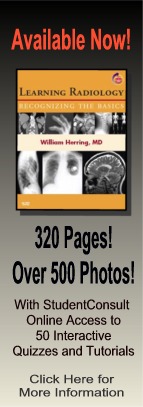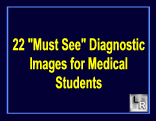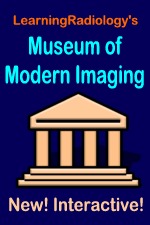| Cardiac | |
|---|---|
| GI | |
| Bone | |
| GU | |
| Neuro | |
| Peds | |
| Faculty | |
| Student | |
| Quizzes | |
| Image DDX | |
| Museum | |
| Mobile | |
| |
Misc |
| Videocasts | |
LearningRadiology Imaging Signs
on Twitter
![]()
Follow us on
What is the most likely diagnosis?
- 58 year-old male with history of seizures
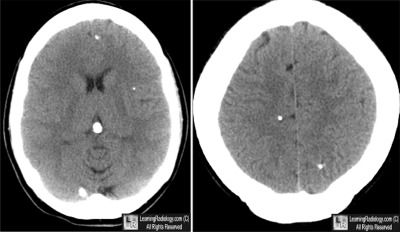
Non contrast-enhanced axial CT scans of brain
- Shear injuries
- Metastatic osteosarcoma
- Pinealoma
- Cysticercosis
- Trichinosis
Additional Image - Frontal radiograph of right shoulder
![]()
Answer:
.
4. Cysticercosis
.
.
More (Click Discussion Tab)
Cysticercosis
General Considerations
- Most common parasitic infestation of central nervous system worldwide
- Caused by the pork tapeworm, Taenia solium
- Most important manifestation of disease is in central nervous system-neurocysticercosis (NCC)
- Endemic areas include Mexico and Latin America, sub-Saharan Africa, India and east Asia
- Incidence in USA is increasing from immigration and travel
.
This Week
58 year-old male with history of seizures |
Presented as a series of cards, this podcast asks some of the most common causes of neuroimaging findings and diseases making it ideal for a quick review. Can be used as either an audio only or audio/video podcast.; Complements Video Flashcard Podcasts 15, 21,25, 38, 42, 46 and 47. |
Some of the fundamentals of interpreting chest images |
The top diagnostic imaging diagnoses that all medical students should recognize according to the Alliance of Medical Student Educators in Radiology |
Recognizing normal and key abnormal intestinal gas patterns, free air and abdominal calcifications |
Recognizing the parameters that define a good chest x-ray; avoiding common pitfalls |
How to recognize the most common arthritides |
LearningRadiology
Named Magazine's
"25 Most Influential"
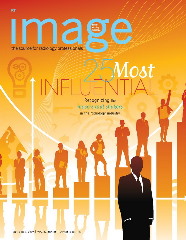
| LearningRadiology.com |
is an award-winning educational website aimed primarily at medical students and radiology residents-in-training, containing lectures, handouts, images, Cases of the Week, archives of cases, quizzes, flashcards of differential diagnoses and “most commons” lists, primarily in the areas of chest, GI, GU cardiac, bone and neuroradiology. |

